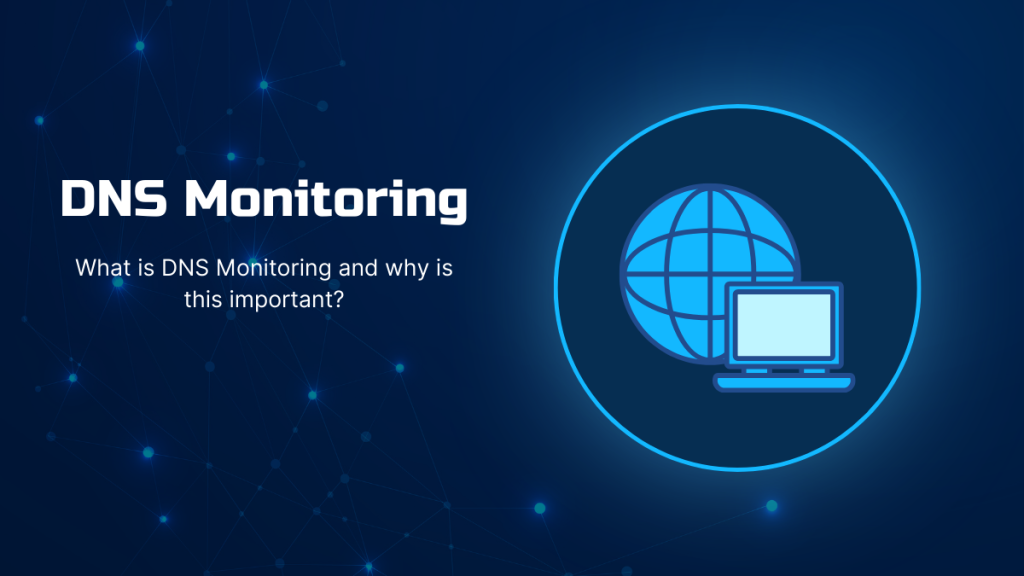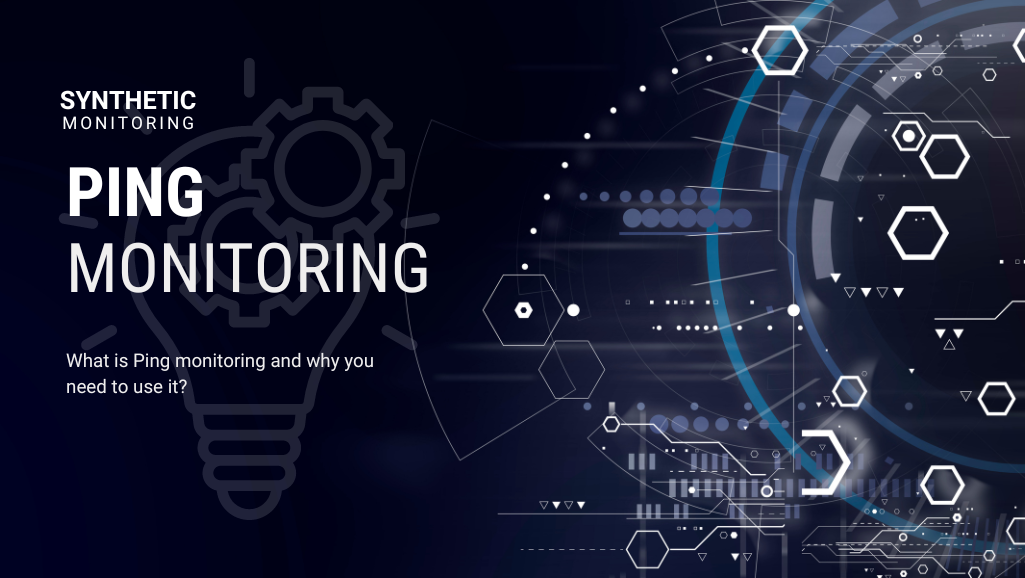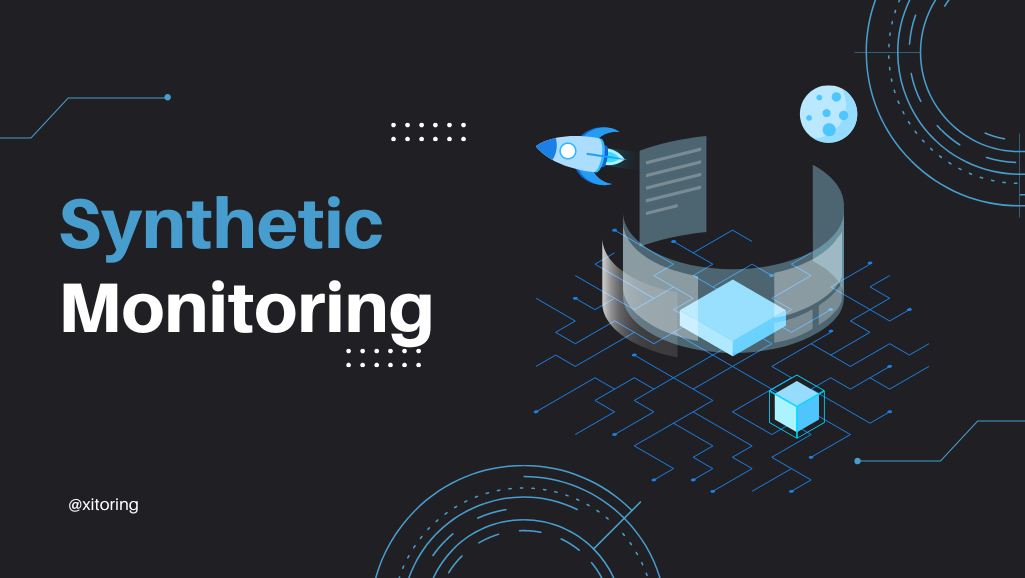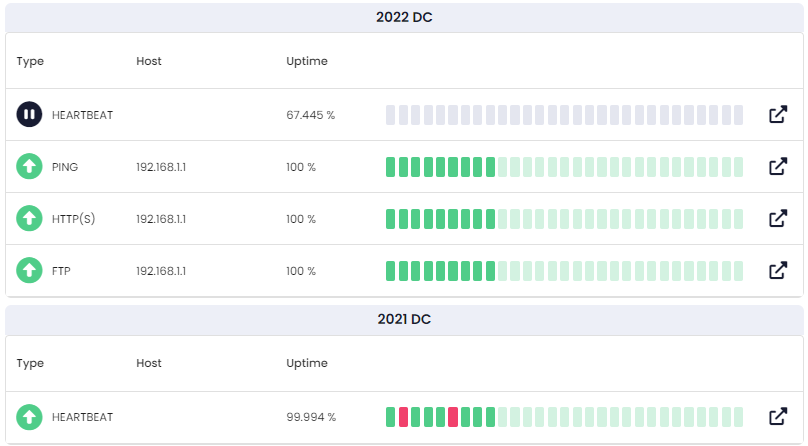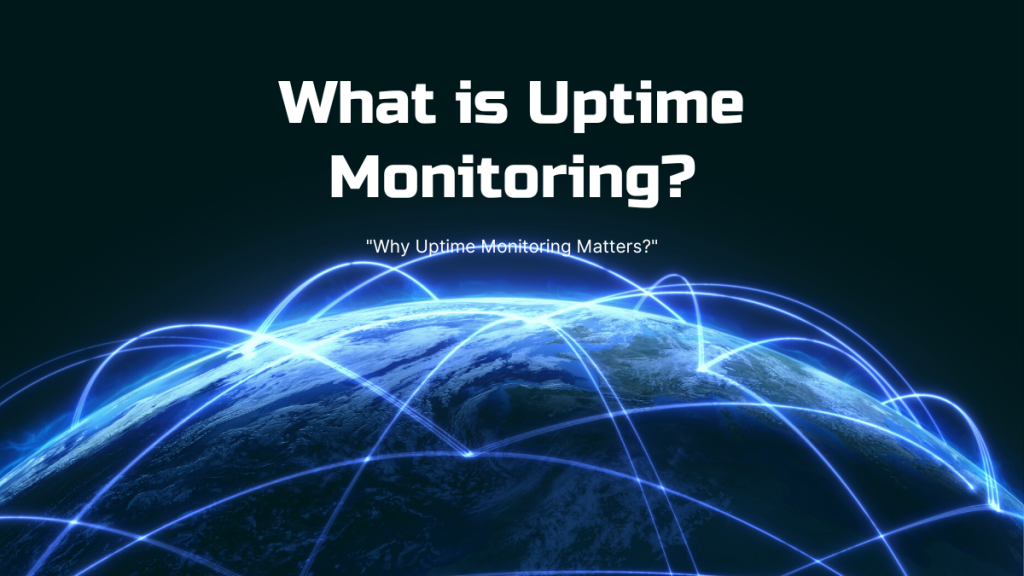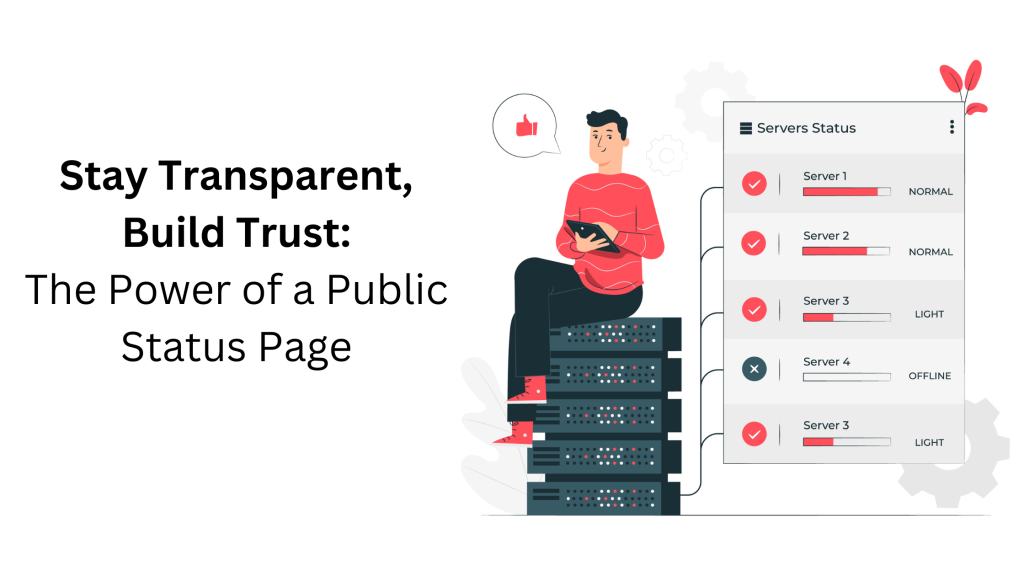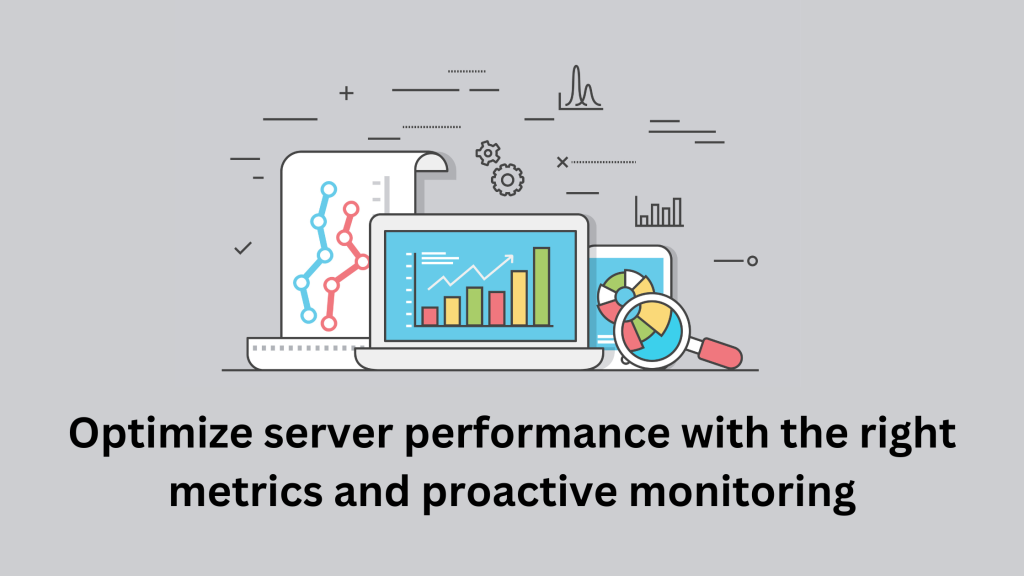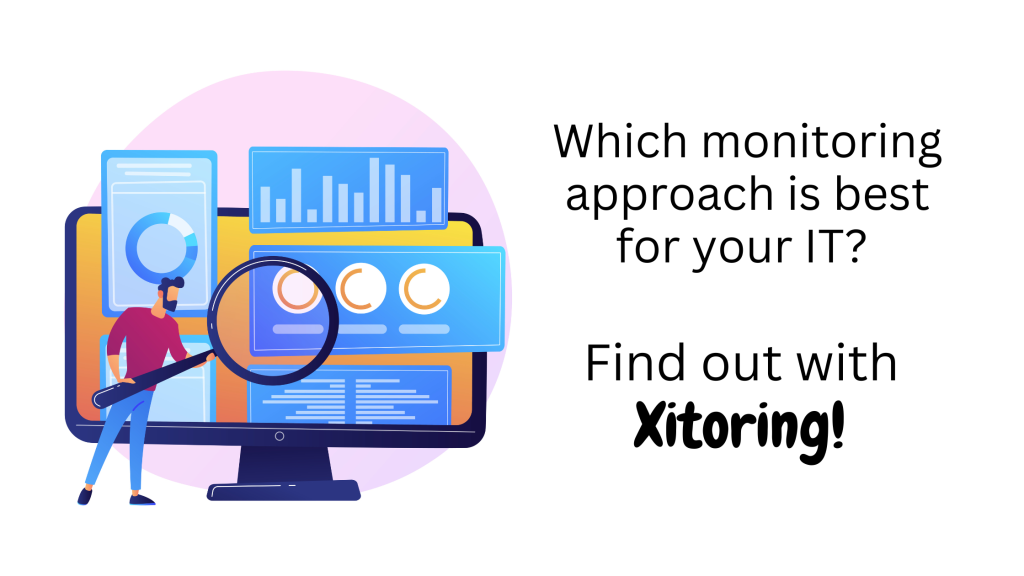هل تعلم كيف يتذكر الإنترنت مكان كل شيء؟ 😕
تخيل أنك تحاول العثور على طريقك إلى منزل أحد الأصدقاء في مدينة كبيرة وأجنبية بدون خريطة أو لافتات في الشارع. يبدو الأمر مرهقاً، أليس كذلك؟ هذا السيناريو مشابه للمشكلة التي قد نواجهها على الإنترنت إذا لم يكن نظام أسماء النطاقات (DNS) موجودًا. يقوم هذا الدليل المحوسب بأكثر من مجرد إرشادنا؛ فهو يضمن وصولنا إلى وجهتنا بسرعة وأمان. ومع ذلك، فإن الحفاظ على هذا المستوى من الموثوقية ليس بالأمر السهل؛ فهو يحتاج إلى مراقبة مستمرة لنظام أسماء النطاقات.
ولكن ما هو DNS بالضبط، وما أهمية مراقبته لأمننا على الإنترنت؟ دعونا نراجع جوهر مراقبة DNS، ونفهم وظيفته الهامة، ونكتشف كيف يمكن التحكم فيه بسهولة باستخدام حل مراقبة شامل مثل Xitoring، الذي لا يعد فقط بوقت التشغيل ومراقبة DNS بكفاءة مذهلة بل يفي به.
ما هو DNS؟
نظام أسماء النطاقات (نظام أسماء النطاقات) هو نظام تسمية هرمي ولا مركزي لأجهزة الكمبيوتر أو الخدمات أو أي مورد متصل بالإنترنت أو شبكة خاصة. وهو يترجم أسماء النطاقات المحفوظة بسهولة أكبر (مثل www.example.com) لعناوين IP الرقمية اللازمة لتحديد موقع خدمات وأجهزة الكمبيوتر والأجهزة وتحديدها مع بروتوكولات الشبكة. بكل بساطة, نظام أسماء النطاقات هو ما يسمح لنا بإدخال اسم النطاق في متصفحنا وتوجيهنا إلى الموقع المناسب.
